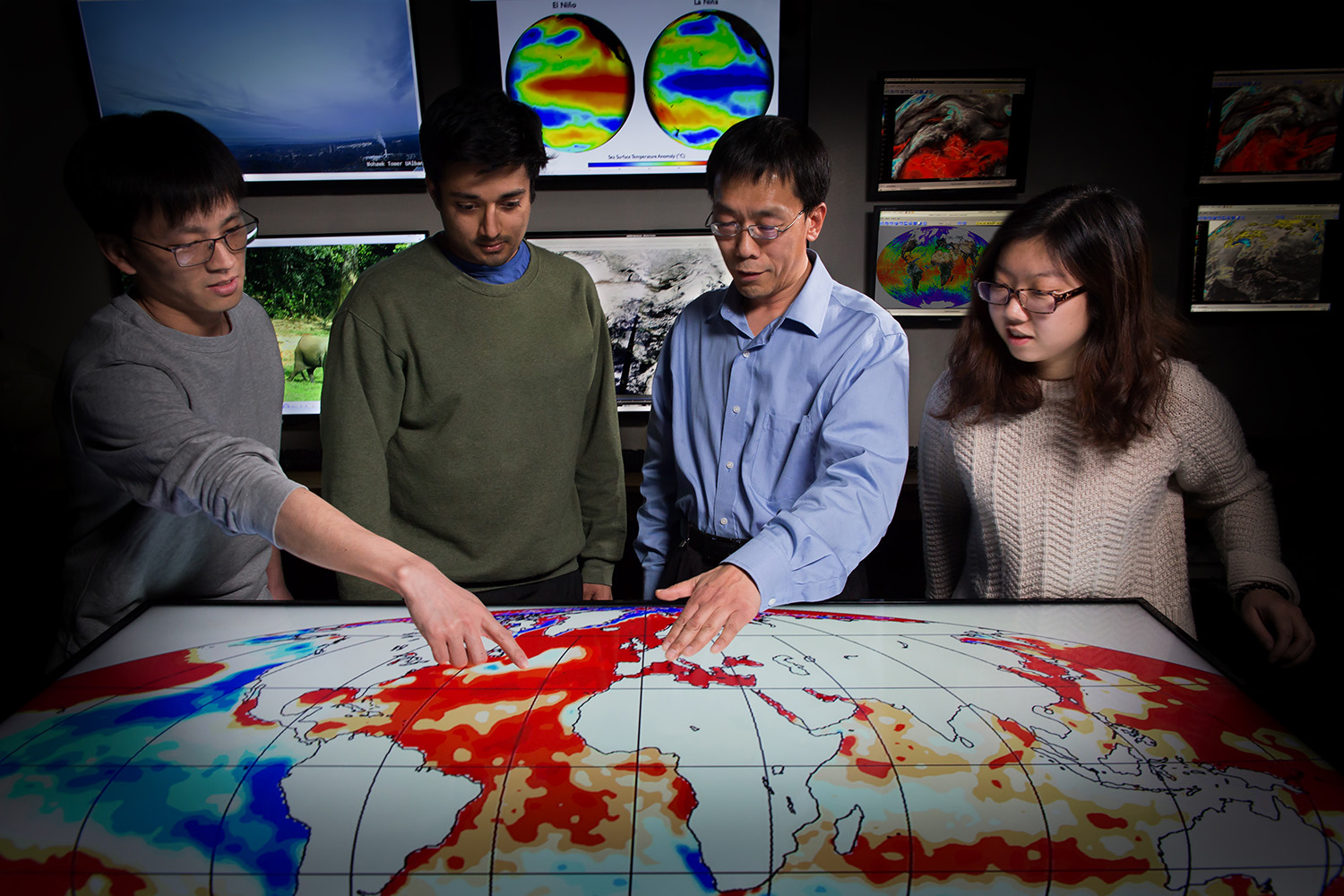Deadlines
Priority Review Deadline
- Fall: January 5
- Spring: Not Available
- Summer: Not Available
No Departmental Assistantship Consideration
- Fall: Rolling
- Spring: November 1
- Summer: Not Available
Other Important Dates
- Before January 5: If you’re applying for admission for the Fall semester, explore research opportunities in advance and contact faculty members with any questions
- January 5: When you submit your application by this deadline, you are eligible, contingent on offer status, to be invited to visit our department in February
- Beginning February 1: Offers for RA / TA / ASRC fellowships are sent out to admitted applicants; Invitations to visit DAES/ASRC are sent out
- End of February: Recruitment visit weekend; More admissions offers are made for self-funded MS positions
- March-April: Make your decision to accept or decline offer
- April 15: Final date for applicants to decide on pending offers
- After April 15: Additional offers for RA / TA positions are made
For more information, please contact Oliver Elison Timm at [email protected].
Required Application Materials
- Transcripts from all schools attended
- Three letters of recommendation
- Statement of goals
Applications for the Fall term received by January 5th will receive priority consideration.
Application Requirements
In addition to the general University at Albany requirements for admission to graduate study, an applicant's undergraduate preparation should include:
- 3 semesters of a college calculus sequence for science/engineering majors, with a course in differential equations
- 2 calculus-based, college physics courses or related physics and math-based engineering or natural sciences courses
- At least one college-level chemistry or geochemistry course
Note: GRE scores are not required when applying for admission to the MS Atmospheric Science program.
A student who is deficient in these subjects will be expected to make up the deficiencies during the first year of graduate study, in consultation with their faculty advisor(s). A lack in one or more of these courses does not automatically disqualify a student from admission. Alternative courses, research or work experience that demonstrate a strong background in math and physics can provide equivalent preparation. With the increasing demand for data analysis skills in professional positions, incoming students are expected to have basic skills in at least on computer coding language.
Available information for International Applicants.
Application Review Process
The Atmospheric Science department’s Graduate Recruitment Committee will evaluate and rank each applicant on a holistic view (academic preparation; potential for scholarship; alignment with the program; diversity, equity and inclusiveness; self-appraisal and areas of personal growth) based on all submitted documents, such as GPA, grades for key courses, recommendations, statement, research experiences, any publications and supplemental materials. In addition, there may be an interview by faculty members if they have a specific interest in your application.
For questions about the application review process, contact Oliver Timm at [email protected].
Tips for Writing Your Goals Statement
Your statement should explain why you’re applying to the program and what makes you a strong applicant, both of in terms of your scholarly and non-cognitive skills. Your statement also allows you to differentiate yourself by sharing a little bit about what makes you unique. Please include a brief description of your field(s) of interest, related background, desired area of study, and research emphasis/career goals. Additionally, you should address the following items in your statement:
1. If you feel that any aspect of your past that is included in your application could be unfavorable to your admission (for example, a poor undergraduate GPA), you should discuss this aspect and how you have addressed it.
2. Please self-appraise your strengths and weaknesses, along with areas for personal growth that will make you successful in graduate school. For example, you may write about how you overcame obstacles in the past and what you have learned from those experiences about yourself. Or, you may want to tell us more about your plans or ideas on how to be aware of, and better respond to, potentially challenging situations as a graduate student.
3. Please include additional information that puts your application in a broader context. For example, you may write about your service and outreach activities and/or goals, including furthering equity, diversity, and inclusion in STEM for marginalized and minoritized individuals.
What Happens After I Apply?
Individual faculty will communicate directly with prospective students who share similar research interests. All students to be admitted should have identified and mutually agreed academic advisors. UAlbany's Graduate School will make the admission offer for each student once the student-advisor agreement is reached. If funding is offered, in a separate offer letter the academic advisor will be named, and the position and stipend as a research assistant or a teaching assistant will be specified. You will have until April 15 to accept or decline the offer.





